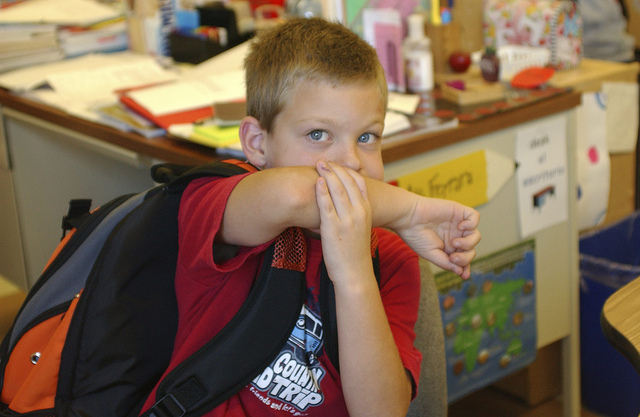Few teachers are without a student diagnosed with ADHD in their classrooms. The latest data from the Centers for Disease Control and Prevention (CDC) suggest that approximately 11% of children between the ages of 4 and 17 have been diagnosed with ADHD. This means for every ten kids in your school, 1 is likely to have a diagnosis of ADHD. If you have a class of 30 kids, that’s 3 ADHD diagnoses. And this doesn’t include other students who have milder attention issues, executive-functioning difficulties, or learning disabilities.
Reaching and teaching 30 individuals is a challenge for the best teacher, and alternative learners and behavioral issues make the task all the more difficult. The good news is that most kids with ADHD are very capable learners, and there are many approaches and interventions that can help these students learn. As a teacher, you have a duty to learn about your students, and that means learning about ADHD. Here are some of the most important things for teachers to know about ADHD in the classroom:
Offer ample opportunities for physical activity. Youngsters who are hyperactive and/or impulsive can benefit from frequent opportunities for physical activities. Provide students with movement opportunities in between activities. Have them run an errand, wash the chalkboard, or leave the classroom to drink water or take a bathroom break. Do not use daily recess as a time to make up missed schoolwork or take away recess as a punishment.
Provide immediate consequences and redirection for inappropriate words and actions. Students learn that an adult is present and in charge when their teachers offer an immediate response to inappropriate behavior. While they may continue to test a teacher’s authority, receiving consistent and firm responses could provide a sense of safety and predictability. Be sure to maintain communication between home and school regarding students’ difficulty with self-regulation and to develop a consistent plan for both settings.
Include as many opportunities for responding and interacting as possible in teaching strategies. Students with attention issues tend to do best when they are not simply sitting quietly but when they have many opportunities to engage.
Keep students moving and working. Movement is very important for children with attention concerns, such as when transitioning from one academic activity to another. Giving too long a break in between activities can promote boredom in students, and they may engage in activities that are not academic. Find ways to include movement in students’ days. While motor breaks in the classroom (when students are allowed to stand up or move around) may be helpful, they can also be disruptive to other students. Opportunities to go outside the classroom may also be useful. Be sure not to take away recess or gym opportunities as a punishment for students with attention concerns.
Incorporate the use of digital technologies and games for teaching academics and study skills. The devices your students love so much can help support and practice organizational skills and time management. Parents frequently describe their children as being able to sustain attention and effort while playing video games when they seem unable to focus or apply themselves in other areas of their lives. These games often require players to practice skills such as self-control, planning, and metacognition. Game play must be accompanied by supplemental training activities for the effective application of executive functions to the real world.
Featured image: US Department of Education on Flickr




